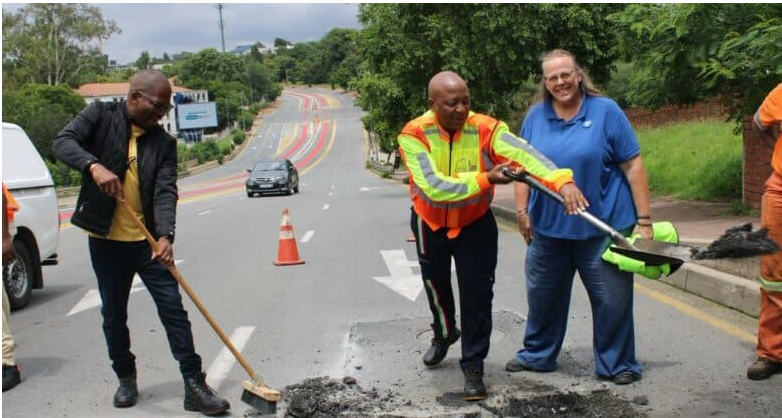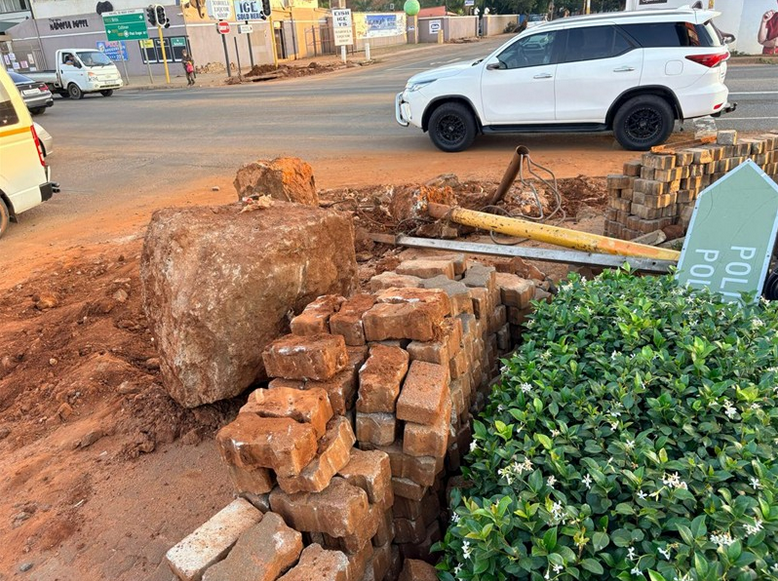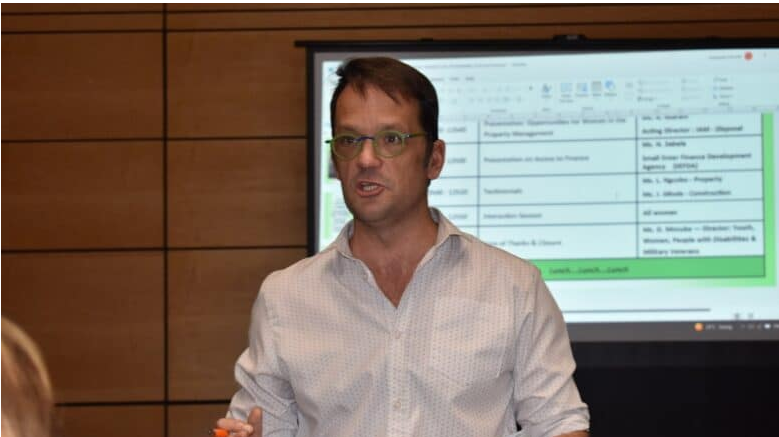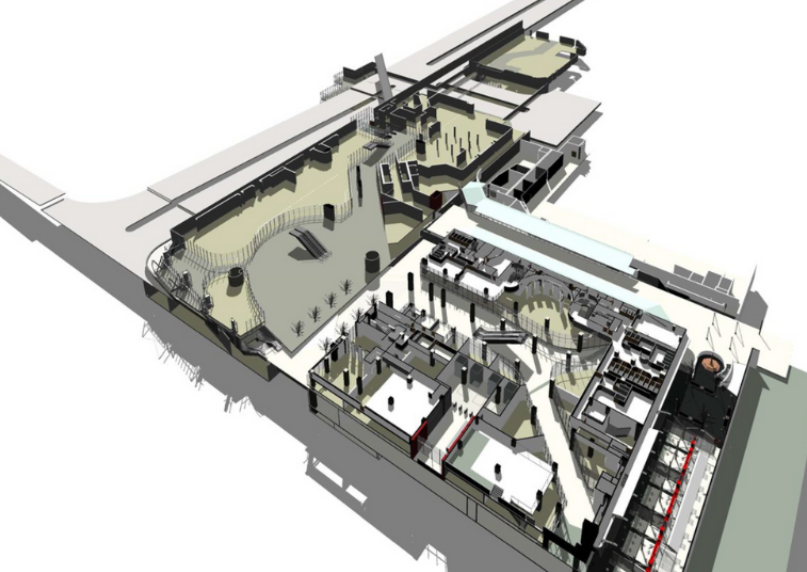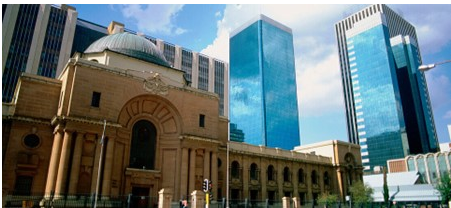SA construction industry engaging government on a master plan
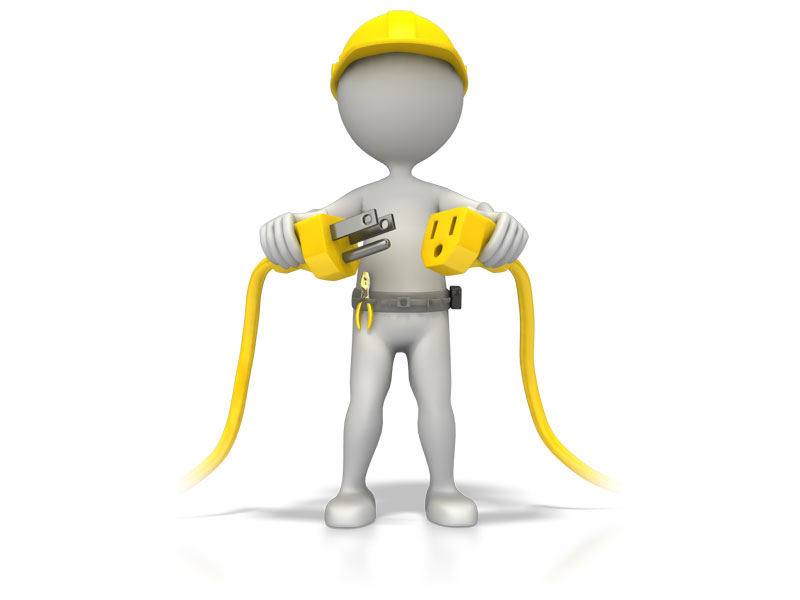
Advertising
29-07-2021
Read : 1058 times
Moneyweb
Source
Construction industry stakeholders, including cement producer PPC and Master Builders South Africa (MBSA), are engaging with the Department of Trade and Industry and Competition (dtic) on the development of a construction industry master plan.
PPC Southern Africa MD Njombo Lekula on Wednesday also reported that South Africa’s cement industry has “half won” the battle for the designation of cement, which will make the use of locally-produced cement mandatory on government infrastructure projects.
SA’s cement producers are waiting for the International Trade Administration Commission (Itac) to take a decision about an application by the industry for tariff protection against imported cement, particularly from countries such as Vietnam and China.
Lekula said the proposed construction master plan would be similar to the South African Automotive Masterplan and South African Steel and Metal Fabrication Masterplan.
Lekula said the discussion about a construction industry master plan started when the industry engaged with Dr Kgosientso Ramokgopa, head of the investment and infrastructure office in the presidency, and informed him that cement needed to be designated.
Ramokgopa in July 2020 unveiled 50 Strategic Integrated Projects (SIPs) and 12 special projects – involving a total investment of R360 billion – as the first tranche of a massive infrastructure expenditure programme to drive the post Covid-19 economic recovery effort.
The 2021 Budget Review released in February further revealed that the government has a programme to invest R791.2 billion in infrastructure over the next three years.
Lekula said the construction industry is faced with several structural problems that need to be addressed.
“You have to have a plan on what you do about them,” he said.
“What is delighting is that when we started proposing the masterplan, [dtic] Minister [Ebrahim] Patel was very amicable to it and wanted to understand it and how we are going to support the country.
“There is a lot more understanding [by government] of what it means in terms of this economy but as to when that is going to happen is something that we are continuously working on,” he said.
Lekula said the cement industry seems to have “half won” the battle for the designation of cement because it has received information indicating that the dtic has supported the application and recommended it to cabinet.
“What is remaining is for that designation to be gazetted,” he said.
Lekula added that when they engaged with the Department of Human Settlements a week ago, Director-General Mbulelo Tshangana instructed his officials to expedite the use of locally-produced cement in their projects because he believed the designation had already been gazetted.
Imports
Turning to imported cement, Lekula said the South African cement industry had a problem with cement imported from Pakistan and successfully applied in 2016/17 to Itac for tariff protection.
Lekula said this tariff protection resulted in a drop in imported cement volumes and provided “breathing space” for the industry.
Itac extended the tariff protection on cement imported from Pakistan in December 2020 when it accepted an application from the cement industry for a sunset review of the import tariffs imposed on cement from Pakistan five years ago.
Read: Operating environment potentially improves for SA cement industry
However, Lekula said imports of cement into South Africa have migrated to other countries and at increased volumes, mostly from Vietnam, since tariff protection was introduced on cement imported from Pakistan.
‘Safeguard action’
The cement industry is now waiting for Itac to finalise an application first submitted to the commission in August 2019 for “safeguard action” against cheap cement imports, particularly from countries such as China and Vietnam.
Lekula said the countries of origin for the cement imported into South Africa have adequate capacity, and whatever extra cement they produce is produced at a variable cost because their fixed cost has already been taken into account.
“We have managed to demonstrate that and through the tariffs are seeking to level the playing field.
“We have managed to solicit a lot of support from people like Dr Ramokgopa, who understands the impact of it [on job creation].
“If the government wants to have a viable cement industry in South Africa … they should pay attention to this aspect [cement imports],” said Lekula.
“We have demonstrated to them that the east of Africa is dead. They are net importers of cement or clinker into their country with whatever resources of limestone that they have in the ground.
“South Africa does not want to end up in that state.”
Lekula highlighted that cement importers did not have to consider or comply with the carbon tax, South Africa’s transformation and empowerment agenda, or the Mining Charter.
“We are saying they [government] need to level the playing field.”
Figures
Construction market intelligence firm Industry Insight reports that a total of 536 521 tons of cement with a free on board (FOB) value of R320 million was imported into South Africa in the first five months of 2021.
“Compared to the same period last year, imports increased by over 100% (considering lockdown restrictions hampering imports last year) but was also 42% higher compared to the same period in 2019 (pre-Covid period), as imports from Vietnam and Pakistan continue to escalate.
“Over the last 12 months a total of 1 285 931 tons were imported, well on track to reach the peak in early 2015, when over 1.4 million tons were imported over the 12-month period up to February 2015 (with imports coming largely from Pakistan).
“No imports were recorded from China in the first five months of 2021,” it said.
Lekula said PPC is currently operating at between 75% and 80% of “active” capacity.
He said the reason PPC talks about active capacity is because it has “soft mothballed” 35% of its available capacity.
Lekula added that including all the other cement producers in South Africa, about 40% of cement production capacity in the country can still come into operation.
Recent News
Here are recent news articles from the Building and Construction Industry.
Have you signed up for your free copy yet?
